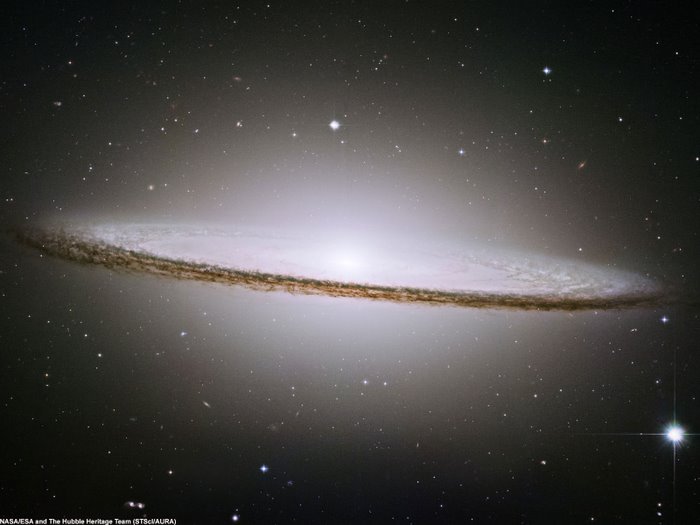Professor Duff recalled sitting in a conference in Tasmania where a colleague was presenting the mathematical formulae that describe quantum entanglement: "I suddenly recognised his formulae as similar to some I had developed a few years earlier while using string theory to describe black holes. When I returned to the UK I checked my notebooks and confirmed that the maths from these very different areas was indeed identical."
This relationship between the math of string theory and the math of quantum entanglement may allow for direct testing of string theory in the lab, at least to the extent that the relationship pertaining to quantum entanglement is testable.
Here is the link to the Science Daily story














